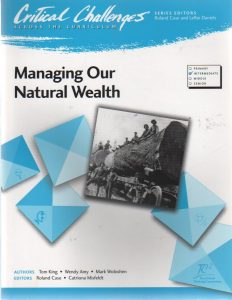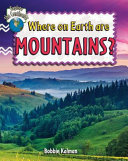Listed below are selected teacher resources, picture books, and non-fiction related to landforms and natural resources.
Teacher Resources
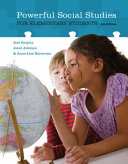 Powerful social studies for elementary students
Powerful social studies for elementary students
by Jere Brohpy, Janet Alleman, and Anne-Lise Halvorsen
Grades: K-6
This book combines theory and research with examples from classroom practice, and outlines ways to select content and teach history, geography, and social sciences meaningfully in the elementary classroom.
by Tom King, Wendy Amy, and Mark Woloshen
Grades: 5-7
Through a variety of critical thinking challenges, students learn about Canada’s natural resources and then focus on problems and solutions related to forestry, fishing and mining in British Columbia. For more resources in the “Critical challenges across the curriculum series”, click here.
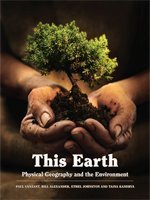 This earth: Physical geography and the environment
This earth: Physical geography and the environment
by Paul Vazant and others
Grades: 10-12
A case-driven text that focuses on physical geography and human interaction and covers the origin of Earth, continental shifts, water and air pollution and human impacts, and taking responsibility for the planet. Also includes teaching notes, lesson plans, and assessment rubrics.
Picture Books
written by Eileen Cameron, photographed by Michael Collier
Grades: K-3
Colourful photographs of landscapes are accompanied by poetry which traces water’s journey from the sky, down the mountains, in the rivers, and finally forming a canyon.
 Water land: Land and water forms around the world
Water land: Land and water forms around the world
written and illustrated by Christy Hale
Die-cut pages identify and contrast types of water bodies and their corresponding land masses to help young readers understand how connected the earth and the water really are.
Non-fiction
by Bobbie Kalman
Grades: 1-2
Discusses how mountains form and explores different mountain ranges around the world. For more books from the “Explore the continents” series, click here.

Volcanoes: Nature’s incredible fireworks
by Natalie Hyde
Grades: 1-3
Shows how volcanoes are created and why they erupt. Includes an introduction to magma, lava, colliding plates that cause earthquakes, and other natural phenomena. For more books from the “Earthworks” series, click here.

Earth’s landforms and bodies of water
by Pamela Hickman
Grades: 1-3
Explains how Earth is covered by landforms and bodies of water, how they develop, and why they change. Covers landforms such as mountains, valleys, and sand dunes, as well as waterways such as oceans, rivers, and ponds. For more books in the “Earth’s processes close-up” series, click here.
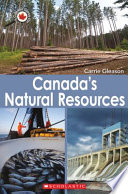
by Carrie Gleason
Grades: 1-4
Explores Canada’s diverse environments and the natural resources they provide. Divided into five sections, forests; oceans, rivers and lakes; land and soil; rocks and minerals; and energy resources. For more books in the “Canada close up” series, click here.

How do wind and water change Earth?
by Natalie Hyde
Grades: 2-3
Explains how landforms can be changed by weathering and erosion in both the short and long term.
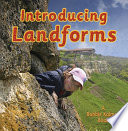
by Bobbie Kalman and Kelley MacAulay
Grades: 2-4
Provides an introduction to why the land on Earth has different shapes in different places. Photographs, illustrations, and text covers continents, mountains, valleys, plains, and caves, as well as the forests, animals, and water that may be found on each landform.

by Terry Jennings
Grades: 3-6
Introduces volcanoes, explaining how they are formed, why they erupt, and the different shapes of volcano cones, along with descriptions of some of the most famous volcanic eruptions of the twentieth century. For more books in the “Amazing planet earth” series, click here.
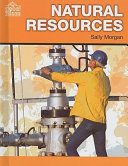
by Sally Morgan
Grades: 5-8
Presents a global look at where Earth’s natural resources come from and how they are traded between countries, including the benefits and drawbacks of globalization in this area.
Finding More Resources
To find more resources in this area, try the following:
- Search using the General tab on the UBC Library website to look for material in all UBC Library branches.
- Search using “Search Education Resources” box in the left hand bar on the Education Library website to limit your results to materials in the Education Library.
- Use specific search terms to narrow your results, such as “Natural Resources”, “Natural Resources–Juvenile literature.”, Landforms, “Landforms–Juvenile literature.”
- To find lesson plans, include “lesson plans”, “lesson planning”, or “activity programs” in your search terms.
For more help with searching, please visit the Library Service Desk or e-mail ed.lib@ubc.ca.
